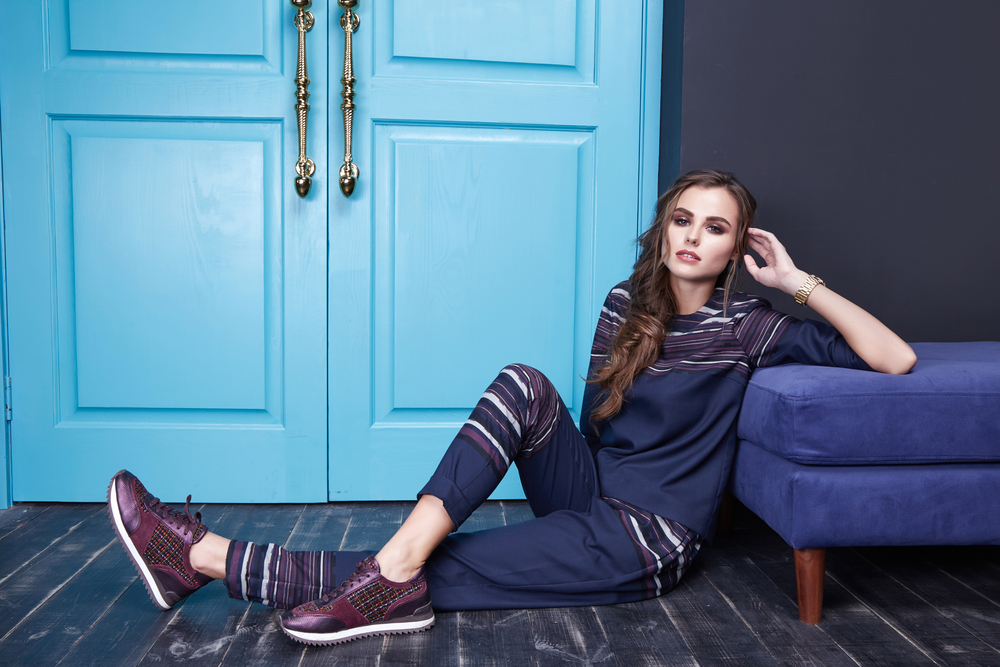
Introduction
In the digital age, modeling has become a popular profession, with numerous aspiring models vying for a spot on the fashion magazines and runways. However, being a successful model involves much more than just possessing good looks. It requires skill, practice, and a deep understanding of the art of modeling. In this article, we will delve into the world of modeling (by models) and share proven tips and tricks for achieving picture-perfect photoshoots.
1. Mastering Poses and Expressions
When it comes to modeling , posing is everything. Every angle, gesture, and expression should be deliberate and compelling. To create a stunning photograph, models need to experiment with different poses that complement their body structure and features. Practicing in front of a mirror or working with a professional posing coach can significantly enhance a model's skills.
Furthermore, the power of facial expressions should never be underestimated. A successful model can convey a range of emotions through their eyes, smize (smiling with the eyes), or subtle movements of the mouth. Experimenting with different expressions and finding the right balance between intensity and subtlety can elevate a photoshoot to the next level.
2. Understanding Lighting and Angles
Lighting plays a crucial role in any photoshoot, as it has the power to enhance or diminish a model's features. Models should familiarize themselves with the different types of lighting setups commonly used in the industry, such as Rembrandt lighting, butterfly lighting, or split lighting. Having a basic understanding of how to manipulate light can help models to anticipate and adapt to different shooting scenarios.
Alongside lighting, knowing your angles is equally important. Every individual has unique features that can be accentuated with the right angles. Experimenting with different camera positions, body positions, and head tilts can lead to captivating and visually striking images.
3. Building a Strong Portfolio
A modelling (or modeling) portfolio is a model's ticket to success. It showcases their versatility, creativity, and ability to adapt to different styles and concepts. An effective portfolio should include a variety of looks and styles, as well as a range of facial expressions and poses. High-quality, professional photographs are essential for catching the eye of potential clients and agencies.
Collaborating with experienced photographers can help aspiring models create a standout portfolio. These professionals can provide valuable guidance and leverage their expertise to capture the model's unique essence. Additionally, models should strive to update their portfolio regularly to reflect their growth and new experiences.
4. Maintaining a Healthy Lifestyle
Models are often subjected to intense scrutiny and pressure to maintain a specific physical appearance. While it is crucial to take care of one's body, aspiring models should prioritize health over strict dieting or extreme exercise regimens. Maintaining a well-balanced diet, staying hydrated, and engaging in regular physical activity can contribute to a model's overall well-being and radiance.
Additionally, having sufficient rest and managing stress levels is equally important. Adequate sleep and relaxation enable models to perform at their best during photoshoots, exuding natural confidence and charm.
FAQ Section
Q1: How can I become a successful model?A1: To become a successful model, you should take professional modelling classes, connect with reputable agencies, build a strong portfolio, and embrace continual growth and improvement.
Q2: What should I wear to a photoshoot?
A2: The outfit choice depends on the shoot's concept and requirements. It's recommended to bring a variety of clothing options, including basics and trendy pieces, to ensure versatility.
Q3: How important is networking in the modeling (or modelling) industry?
A3: Networking is crucial in the modeling industry. Attend industry events, connect with photographers, makeup artists, and designers, and actively promote yourself on social media platforms to expand your professional network.
Q4: Can I model even if I don't meet the typical height requirements?
A4: Yes, there are various types of modeling that do not require a specific height, such as commercial, fitness, or parts modeling. Embrace your uniqueness and seek opportunities in these niches.
Q5: How do I handle rejection in the modeling industry?
A5: Rejection is a common part of the modeling industry. It's important to stay positive, learn from feedback, and remember that each "no" brings you closer to a "yes." Building resilience is key to long-term success.
Conclusion
Modeling is much more than just striking a pose or looking good on camera. It is an intricate art that demands skill, practice, and a deep understanding of various elements. By mastering poses and expressions, understanding lighting and angles, building a strong portfolio, and maintaining a healthy lifestyle, aspiring models can navigate the path to success more confidently. With dedication, perseverance, and a little bit of luck, achieving picture-perfect photoshoots is within reach for anyone passionate about the art of modeling.
Other useful resources
- https://blog.planetmodelphoto.com
- https://en.wikipedia.org/wiki/Category:Modeling_agencies
- https://blog.planetmodelphoto.com/models/modeling/